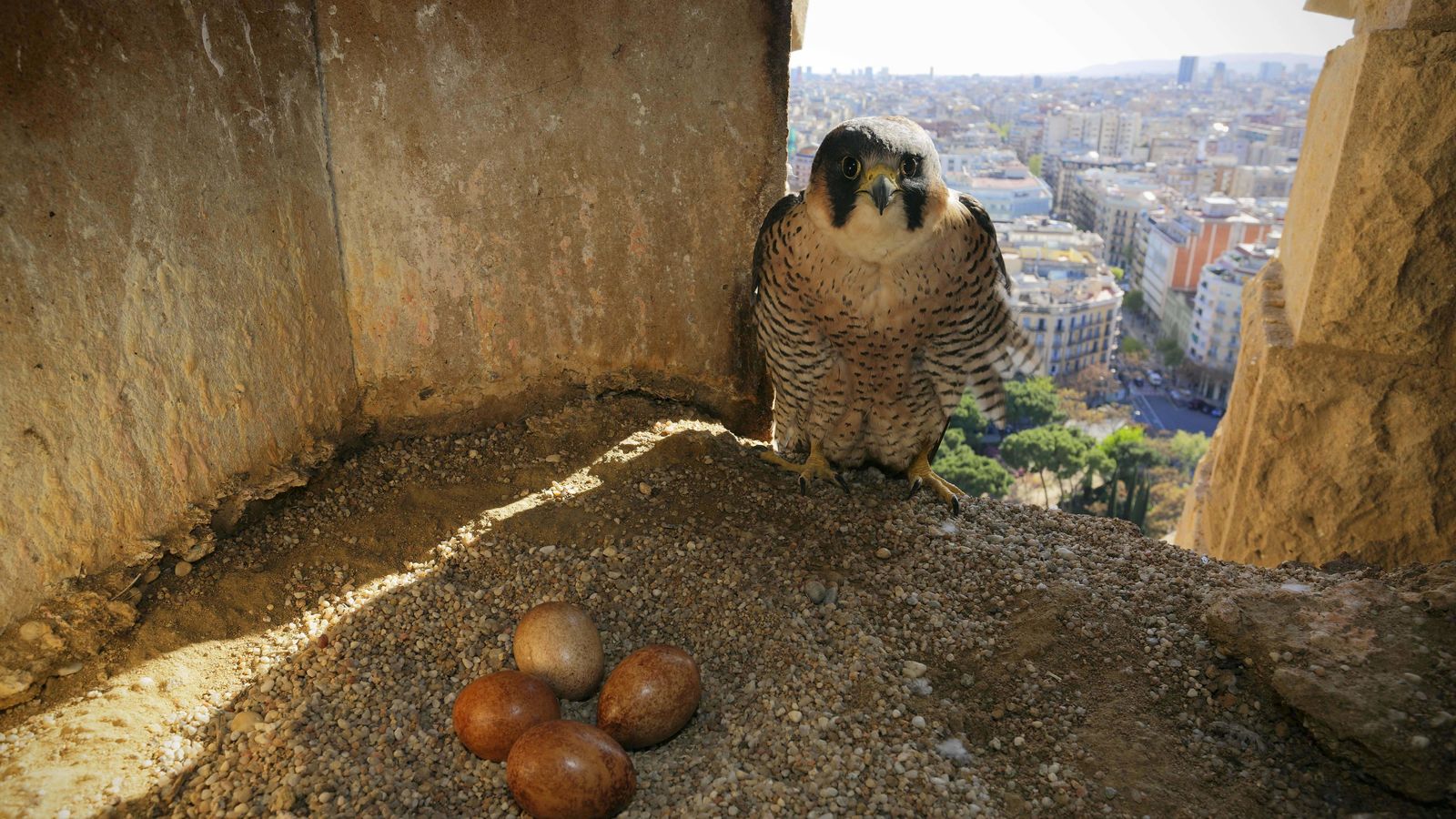07-07-2021
Wildlife selects anthropogenic habitats as an ecological consequence of rural exodus: empirical examples from Spain.
A new article with the participation of Professor Xavier Ferrer, researcher at IRBio, who talks about the colonization of human-influenced habitats by wildlife.
One of the main components of global change worldwide is the increasing urbanization of the territory. The article collects some examples where various wildlife species select anthropogenic habitats to live in instead of semi-natural (less intensively modified) habitats apparently of good quality.
Some examples are:
Transportation infrastructures: wild rabbits thrive in some anthropogenic areas, the construction of communal burrows in apparently low quality places such as the margins or medians of roads, railways or, even within large cities such as Madrid. There are two possible explanations for this puzzling situation: a) fenced roads and high-speed railroads provide protection from predators, and b) roadsides and highways create open areas where grass grows.
Restricted access areas: Airports, being open and fenced areas, with low density of potential predators and highly controlled human presence, favor the establishment of ground-nesting birds. In the case of Spanish airports, the list of bird species present in some cases includes some rare or scarce species.
Reservoirs: Artificial reservoirs that flood vast areas and interrupt the natural flow of rivers are a threat to biodiversity conservation. However, when they are built on land of low value for terrestrial fauna and/or where natural wetlands are scarce or non-existent, some meager populations have expanded, such as those of the Eurasian otter (Lutra lutra) and other animals.
Wildlife is also colonizing, among other habitats, urban construction sites, cities, quarries and landfills, the approach of which is thought to have been caused by the depopulation of rural areas.
Wildlife is leaving its ecological refuges and is losing its fear of harmless humans in urban areas. Meso-predators (medium-sized predators) are rebounding due to the cessation of human persecution, and the growth of scrubby vegetation in abandoned open agricultural areas. These factors force many species to move to urban areas where they find open habitats, food associated with these habitats, and protection from predation.
A better understanding of the initial factors that trigger colonization of the urban environment could help us to give more biological value to wildlife in human-created habitats.
One of the main components of global change worldwide is the increasing urbanization of the territory. The article collects some examples where various wildlife species select anthropogenic habitats to live in instead of semi-natural (less intensively modified) habitats apparently of good quality.
Some examples are:
Transportation infrastructures: wild rabbits thrive in some anthropogenic areas, the construction of communal burrows in apparently low quality places such as the margins or medians of roads, railways or, even within large cities such as Madrid. There are two possible explanations for this puzzling situation: a) fenced roads and high-speed railroads provide protection from predators, and b) roadsides and highways create open areas where grass grows.
Restricted access areas: Airports, being open and fenced areas, with low density of potential predators and highly controlled human presence, favor the establishment of ground-nesting birds. In the case of Spanish airports, the list of bird species present in some cases includes some rare or scarce species.
Reservoirs: Artificial reservoirs that flood vast areas and interrupt the natural flow of rivers are a threat to biodiversity conservation. However, when they are built on land of low value for terrestrial fauna and/or where natural wetlands are scarce or non-existent, some meager populations have expanded, such as those of the Eurasian otter (Lutra lutra) and other animals.
Wildlife is also colonizing, among other habitats, urban construction sites, cities, quarries and landfills, the approach of which is thought to have been caused by the depopulation of rural areas.
Wildlife is leaving its ecological refuges and is losing its fear of harmless humans in urban areas. Meso-predators (medium-sized predators) are rebounding due to the cessation of human persecution, and the growth of scrubby vegetation in abandoned open agricultural areas. These factors force many species to move to urban areas where they find open habitats, food associated with these habitats, and protection from predation.
A better understanding of the initial factors that trigger colonization of the urban environment could help us to give more biological value to wildlife in human-created habitats.
Article: Martínez–Abraín, A., Ferrer, X., Jiménez, J., Fernández–Calvo, I. C., 2021. The selection of anthropogenic habitat by wildlife as an ecological consequence of rural exodus: empirical examples from Spain. Animal Biodiversity and Conservation, 44.2: 195–203
Photo:
